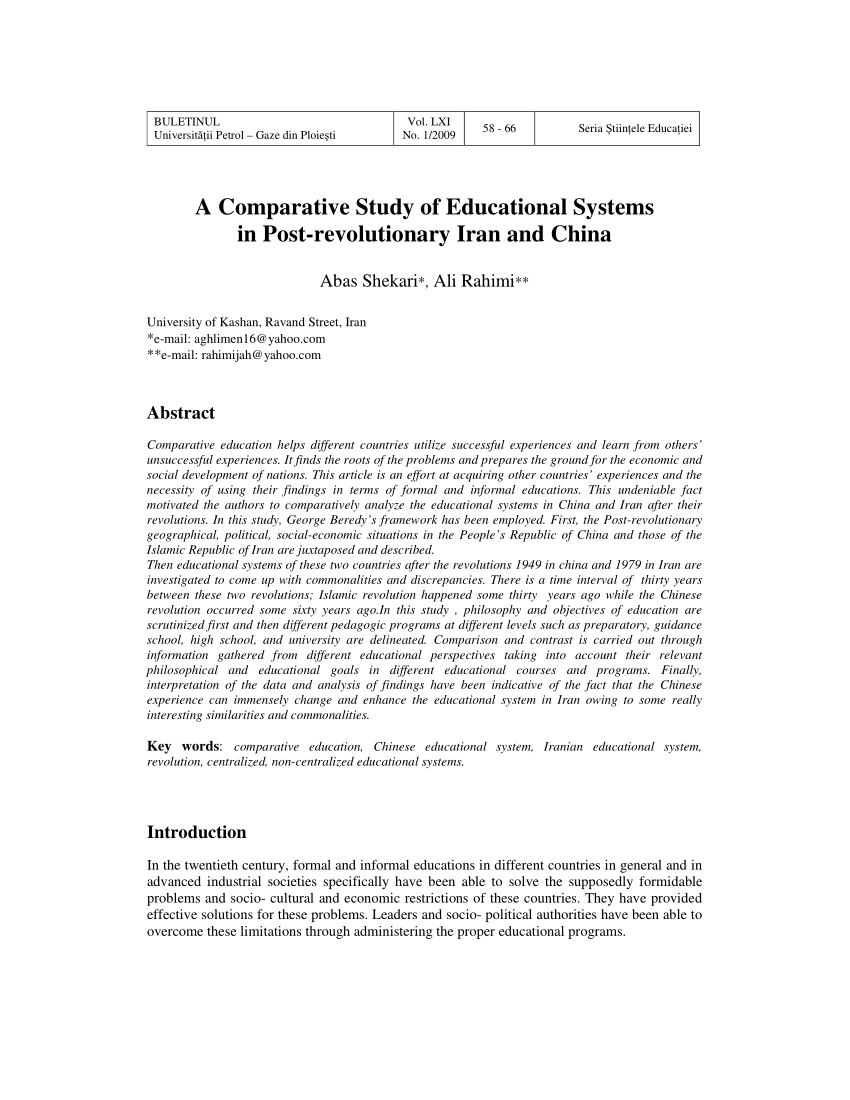In most parts of the world, the education system is similar to that of the US, which is highly centralized and based on western values. In Iran, however, the education system is very different. The country’s higher education system is Western in style. Students should have a specific choice of field by the time they are in grade 10.
High school education is compulsory
The primary education system in Iran consists of Farsi and mathematics. Students also study geography, social studies, and art. Secondary education in Iran is split into three fields: vocational, technical, and academic. Students can select the track that they want to pursue based on their lower secondary examination results and personal preference. Male students can also choose a track that will prepare them for defense. The curriculum for both high school and upper secondary education is rigorous.
Higher education is a western style system
The Iranian government has tight control over the administration of higher education. This is a reflection of the influence of student movements in Iranian politics. The Iranian revolution was driven by students, and in the 1990s protests against government policies were centered on university campuses. The strong connection between the government and university system has served a political purpose. The Islamic Republic has also sought to distance itself from western influence as much as possible.
It is highly centralized
The supreme leader of Iran, Ayatollah Khomeini, delineates and supervises the country’s general policies. As head of state, he sets the tone for domestic and foreign policy. He appoints the judiciary, controls security and intelligence operations, and appoints the supreme commander of the Islamic Revolutionary Guard Corps. In a 2002 State of the Union address, U.S. President George W. Bush blasted these unelected individuals and urged reform.
It is based on Islamic religious values
The Saudi Arabian government has enacted laws that criminalize any attempt to promote atheistic ideologies or cast doubt on the fundamentals of Islam. These laws also criminalize non-Islamic public worship, displays of religious symbols, and conversion of a Muslim to another faith. Furthermore, the Saudi government has banned proselytizing among non-Muslims. Nevertheless, many people are concerned that these laws may cause the country to become a police state.
It is not free
Iranian education officials have circumvented the law, allowing public schools to charge parents an “annual voluntary fee,” which translates into mandatory tuition. Although the Ministry of Education has never addressed this issue, there are numerous instances of parents being denied access to education because they do not have the financial means to pay for their children’s education. This is one reason that international organizations are concerned about the educational system in Iran. This article will briefly discuss some of the most pressing issues facing students in Iran today.
It is not mandatory
The Islamic Republic of Iran has a strict policy on the wear of the hijab. Although the religious law in Iran does not mandate the hijab, senior officials have ordered the implementation of a Hijab and Chastity scheme. A Friday prayer leader in the city of Qom has called for all government offices to make it mandatory in the workplace. A security guard at a mall in the northern Iranian city of Bushehr recently spotted a woman pulling up her scarf while entering an elevator. Another shopper, Paniz Masoumi, has blue hair and kept it hidden under a loose scarf while entering an elevator. The woman was fined because she violated a traffic camera.
It is not scientific
There are some advantages to the education system in Iran. Women get less years of schooling and receive lower quality education than men. However, the quality of the education in Iranian schools is comparable to that of other countries in the region. Even if the Iranian education system does not encourage scientific research, it allows women to pursue higher education and achieve their career goals. Despite these disadvantages, it is clear that Iran has great potential to be a world-class education hub.
It is not research-driven
Higher education in Iran is divided between state-run universities and private and distance-learning universities. State-run institutions admit students based on their ranks in a centralized exam. Admission is competitive and free. Private universities charge tuition for full-time programs. While many critics claim that Iranian education lacks research orientation, the government is pushing its students to pursue higher education. But the reality is quite different.

